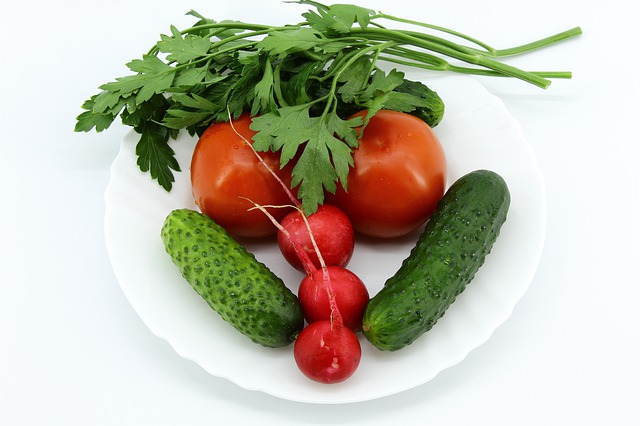We all know about the cheat day or the cheat meal that allows us to indulge unhinged and it is much needed for a healthy body as well as for the well-being of a the mind that is routed through satisfied taste buds. What if you were told, that everyday can be a cheat day and you could still be healthy and fit. Minal Shah Senior Nutrition Therapist, Fortis, Mulund, claims exactly that, read on…
Cheat day is a day where you are allowed to eat whatever you want, that wouldn’t have been allowed on a strict diet. It can be a calculated and planned break during a set period of time, like a day or one meal, or it can be unplanned indulgence once in a while. But are cheat days/meals required? Yes to break the monotony and keep you from falling off the routine completely, as deprivation for long tenures can lead to bursts of overeating thus causing more damage.
However, here is another way this could be done, ideally a healthy diet is meant to allow all kinds of food with whilst being mindful of a few rules:
Follow portion control:
This practice has science backing it up. A slice of pizza or a besan laddo can be allowed if they are restricted in certain portions. Update your self-regarding portion wise calories, i.e. 100 kcal can be achieved by 10 pieces of nuts or 2 medium oranges or 2 tbsps of peanut butter or 2 cookies.

Choose healthy options:
High calorie or high fat food can be healthy option. Choose healthy fats like nuts or fish over fried chips.
Differentiate between cheat foods v/s unhealthy gorging:
Indulging in a high fat dessert every day after a meal is an unhealthy habit and not a cheat meal, an aerated drink with every meal is unhealthy not a cheat food, similarly, it is for you to get the drift of how this is done and make the right choices consistently for a stable and healthy life.
Some simple pointers to remember:
• Make a list of your favorite food and write down the serving size in household measures and the calories that it provides. Next time you choose to treat yourself you know when to stop.
• Ensure that the treat has natural ingredients in it. For instance, a masala dosa is a better option over a ready to drink preserved soup.
• Follow simple basics like avoid too much of simple sugar or carbs. Replace sugar with natural ingredients like dates, apricots, fruits or flavourings like cinnamon, cardamom and so on, as they too have a sweet flavour.
• Fibre is the silver lining; presence of fibre in the diet is what makes most of the cheat food/meal justified. It’s the difference between white rice and brown rice. Choose food high in fibre like whole wheat, vegetables, whole fruits versus maida, canned tinned fruits and vegetables, sweetened juice etc.
• Use natural seasonings like lemon, pepper, chili flakes, and natural herbs to enhance the flavour over preserved spreads, sauces or dressings.
• Try different combinations to make food interesting. For instance, a salad can be a combination of fruits and vegetables with a handful of nuts or a homemade dressing to add flavour.
• Choose natural ingredients like a curd or homemade hummus that can be used for a dressing or a dip over preserved or ready to use mayonnaise or dressings.

• Follow the golden rule – include proteins to justify the cheat meal. Presence of protein makes it a bit more of a treat than a cheat! Eg: moong dal bhaji is a better option over potato chips. Kheer or rasgulla will be a better option compared to jalebi or donut.
• Try and modify the favourite cheats to treats by altering the recipe. Eg: a white bread cheese pizza can be made into a whole wheat bread pizza or paneer can be a replacement to cheese.
• Follow the tradition with caution. Eg: cheat with a gobi paratha is anyday a better choice over white bread sandwich or a cup of noodles.
• Choose what is locally and seasonally available with minimum food miles. Everything that’s fancy or expensive need not be nutritionally better or enhanced. Locally available food will safer with less or no pesticides, fresher, tastes better, aids your local farmer and economy and reduces the carbon footprint.
Calories do not define everything we eat. Assessing the nutritional composition and the source of the food is also important. Also every healthy food need not be tasteless and boring. Include what you like in moderation. Enable yourself by reading and seeking guidance from experts to differentiate good versus bad and make healthier food choices.


























